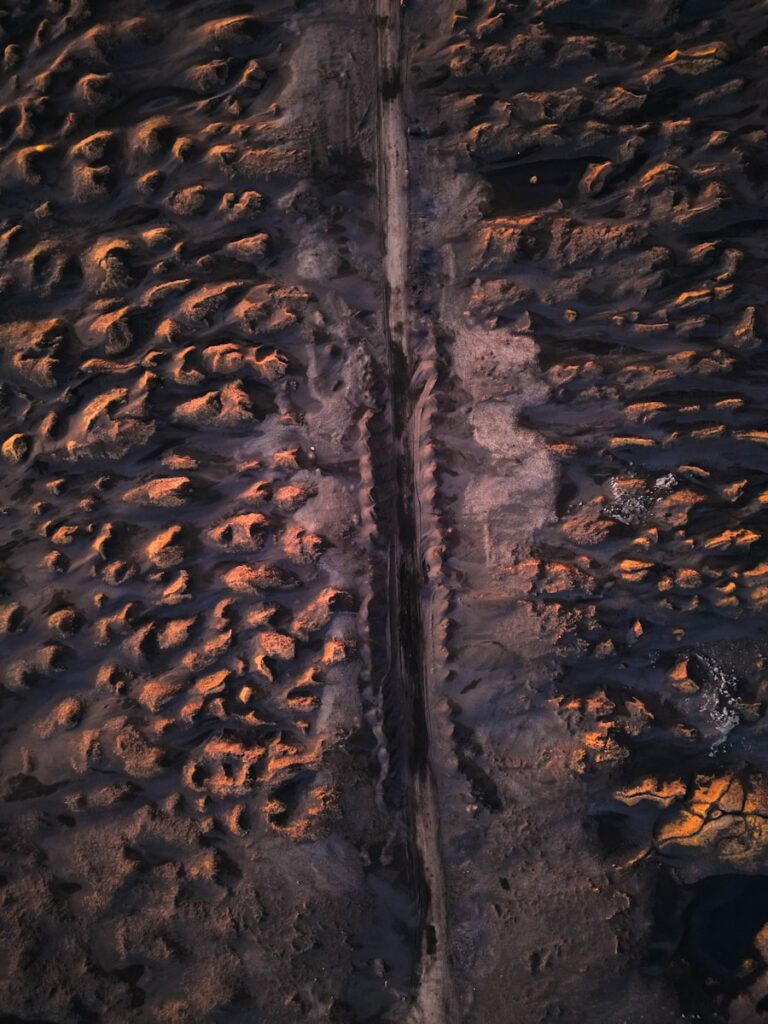When a company is in debt, its creditors legitimately seek to recover their funds by seizing its assets. The collective imagination immediately thinks of tangible assets such as vehicles, stock or property. However, a company's true value often lies in its intangible assets. These assets, although not tangible, can be the subject of complex recovery procedures. Visit enforcement procedures specific to intangible assets make it possible to target this hidden wealth. In addition to trademarks and patents, the law is concerned with more discreet but equally strategic forms of know-how, which do not all come under the same regime. Understanding the distinction between a trade secret, a semiconductor topography and a plant variety is fundamental in determining whether a seizure is possible. These are in fact intangible rights with special applicationsThe legal treatment of these varies considerably.
Definition and typology of technical knowledge
The concept of "technical knowledge" covers a heterogeneous range of creations and information that give their holders a competitive advantage. Unlike copyright or trademarks, this knowledge is not always embodied in a formally registered title of ownership. Its protection, and therefore its ability to be seized by a creditor, depends on its precise legal nature. The law makes a fundamental distinction between confidential information, which is protected by secrecy, and industrial property rights, which are registered and confer a monopoly on exploitation.
Trade secrets: a special exemption from seizure
Trade secrets, often referred to by the broader term "know-how", represent a body of technical, commercial or strategic information that is not patented. To qualify as a trade secret, information must meet three cumulative conditions, now codified in article L. 151-1 of the French Commercial Code. It must be unknown to the public, have commercial value by virtue of its secrecy and be subject to reasonable protective measures by its holder to maintain its confidentiality.
It is precisely the nature of this protection that explains why it cannot be seized. A trade secret is not a property right in the traditional sense, like a patent. It does not confer a monopoly of exploitation enforceable against all, but rather a right to oppose the illicit obtaining, use or disclosure of information. The protection is based on confidentiality, not title. Seizure, by definition, would involve a forced transfer of ownership and potential disclosure that would destroy the very value of the asset. Confidential information cannot be "seized" without revealing it and therefore destroying it. Consequently, trade secrets are excluded from the scope of seizure-attribution or seizure-sale procedures.
Topographies of semiconductor products: protection and seizability
In contrast to a trade secret, the topography of a semiconductor product is technical knowledge that is the subject of a genuine industrial property right. It is the three-dimensional drawing of integrated circuits, commonly known as "electronic chips". This intellectual creation benefits from specific protection governed by articles L. 622-1 et seq. of the French Intellectual Property Code.
To be protected, the topography must be the result of the creator's own intellectual effort and must not be commonplace. Protection is acquired by filing with the Institut National de la Propriété Industrielle (INPI), which confers on the holder a monopoly of exploitation for a period of ten years. This registered right is an intangible asset that can be clearly identified and valued. It can be sold, assigned or licensed. As a transferable asset, it can be seized by the right holder's creditors.
Plant varieties: an exclusive right that can be seized
In the agro-industrial and horticultural sectors, innovation is largely based on the creation of new plant varieties. The law recognises this effort through the plant variety certificate (COV), an industrial property title that gives the breeder an exclusive right over the variety he has developed.
Governed by Articles L. 623-1 et seq. of the French Intellectual Property Code, the COV is issued by a dedicated authority, the Instance nationale des obtentions végétales (INOV), after a technical examination demonstrating that the variety is new, distinct, uniform and stable. The certificate grants a monopoly on the production, marketing and use of the protected variety for a period of 25 to 30 years, depending on the species. Like the right to a semiconductor topography, the VOC is an intangible asset, registered in a public register, which can be the subject of contracts and transfers. It therefore forms part of the debtor's assets and can be seized by creditors.
Input procedure for capturable technical knowledge
The seizability of topographies of semi-conductor products and plant variety certificates is therefore a foregone conclusion. However, the Code of Civil Enforcement Procedures does not detail a specific procedure for these particular rights. How can a creditor actually seize them to recover his debt? The answer lies in applying the existing rules for other intangible rights by analogy.
The third party and the registration of the seizure (INPI, Instance nationale des obtentions végétales)
The procedure for seizing intangible rights, such as company shares, involves a "garnishee". This is the legal entity in whose hands the seizure is carried out. In the case of registered industrial property rights, the garnishee is logically the body that keeps the public register of these rights.
For a topography of a semi-conductor product, the writ of seizure must be served on INPI. For a plant variety certificate, it must be sent to INOV. This service has the effect of making the right unavailable in the hands of the debtor. The debtor can no longer sell or transfer the right. For the seizure to be enforceable against third parties, i.e. any subsequent buyers or licensees, it must be entered in the relevant register. This registration is a key step in securing the procedure for the creditor.
Application by analogy of the rules governing the seizure of patents for invention
In the absence of specific legislation, legal practice and case law have transposed the procedure applicable to another major industrial property title: the patent. Visit seizure of patents provides a comprehensive and proven procedural framework that is applied by analogy.
This involves several stages: service of the seizure deed on the holder of the right (the debtor) and the seized third party (INPI or INOV), notification of the seizure to the debtor within eight days, and finally the forced sale of the right. This sale generally takes place at public auction, under the supervision of a judge, in order to transform the intangible asset into a sum of money that can be used to pay off the creditor. The whole process is technical and requires great precision to avoid any procedural errors that could invalidate the seizure.
Practical issues and challenges of data capture
The possibility of seizing industrial property rights such as topographies or plant varieties opens up interesting prospects for creditors. Nevertheless, the implementation of these procedures raises significant practical difficulties that should not be underestimated. The complexity of these intangible assets makes them much more difficult to apprehend than tangible assets.
Assessing economic value
The major challenge lies in assessing the value of these rights. How much is a semiconductor topography or a plant variety certificate worth? There is no official quotation or easily accessible public market for such assets. The value depends on a multitude of factors: is the underlying technology still relevant? What is the remaining term of protection? Are there competing technologies? Is the right already generating licence revenues?
Answering these questions requires specialised expertise, often at the crossroads of law, finance and the relevant technology. The creditor must commission experts to carry out a credible valuation, which can be used as the basis for the bidding price at the auction. An incorrect valuation can either deter potential buyers or damage the debtor's interests by selling off a valuable asset.
The support of a competent lawyer
In this context, the involvement of a lawyer with a practice dedicated to these issues is essential. For the creditor, the lawyer plays a strategic role in identifying these intangible assets in the debtor's assets, managing the seizure by analogy procedure in compliance with strict formalities, and coordinating the work of the valuers. He ensures that each stage, from serving the document to registering it, is carried out correctly to secure the debt.
For the debtor, the lawyer is just as important. He checks the validity of the procedure and can challenge any irregularities. He also intervenes to defend a fair valuation of the assets, to avoid a loss-making sale that would worsen his client's financial situation. Dialogue between the lawyers on both sides is often a decisive factor in finding a balanced outcome, whether through a forced sale or a negotiated solution.
The seizure of technical knowledge is a demanding procedure that requires a detailed analysis of the nature of the rights concerned and a mastery of enforcement procedures. If you are a creditor and wish to explore this route to recover a debt, or if you are a debtor and your intangible assets are subject to such a measure, the assistance of counsel is essential. Do not hesitate to contact our firm to discuss your options and define an appropriate strategy.
Sources
- Intellectual Property Code (including provisions relating to trade secrets, topographies of semi-conductor products and plant variety certificates)
- French Commercial Code (in particular articles on the protection of business secrecy)
- Code of Civil Enforcement Procedures (for the general principles of seizure of intangible rights)




